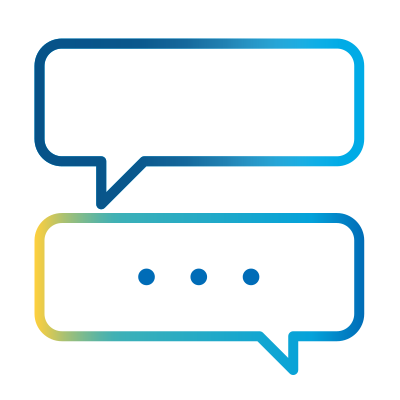Calculating Cost to Serve: A Practical Approach
Intelligent Automation has proven its success by offering enhanced efficiency, improved accuracy, and significant cost savings. However, when implementing an IA program, it’s essential to also consider the cost to serve to ensure the profitability and sustainability of the automation initiative. These metrics give insights to the organizations to understand the financial impact associated with automation implementation and maintenance.
Let’s start by understanding why cost to serve is vital to the ongoing program’s success. Cost to serve provides organizations with valuable insights into the financial impact of the IA initiative, allowing the organizations to make informed decisions about their IA strategies to ensure the long-term success of their automation initiative. Understanding the cost to serve allows organizations to evaluate return on investment, budget planning, and decision-making.
Some of the key factors that contribute to Cost to Serve are:
- Training and Change Management: Training and Change Management activities are important for RPA adoption. Training allows stakeholders to understand how to interact with automations and maximize the benefits. Training also enables Citizen Development that contributes to cost optimization. Change Management promotes the embracing of automation and adapts to new ways of working.
|
- Development and Deployment: The cost to serve includes expenses related to the development and deployment of RPA Digital Workers(DW). This encompasses the skills, complexity of automation and resources required for designing automation workflows, configuring DW, integrating systems, testing, and quality assurance, documentation.
|
- Governance and Compliance: Establishing governance and compliance frameworks to ensure data security, access controls, and regulatory compliance incurs additional costs. Robust security measures, audits, and training programs contribute to mitigating risks associated with RPA implementation.
|
- Licensing and Upgrades: Licensing and Upgrade expenses are directly associated with software and resources required to implement and maintain automation solutions. This represents a substantial cost in an Intelligent Automation program.
|
- Infrastructure: The infrastructure required to support implementation, including hardware, software, and network requirements, contributes significantly to the cost to serve. Organizations should consider scalability, security, and compatibility when assessing infrastructure costs.
|
- Maintenance and Support: Ongoing maintenance and support activities of automations are critical for their smooth operation. This includes monitoring, error handling, version control, and implementing updates or patches. Organizations must factor in the costs of maintaining, fixing, and supporting the automation.
|
By considering the above key factors, organizations can better understand, optimize, and manage the cost to serve in their IA programs. Diligent planning, process assessment and optimization of the key factors can contribute to maximizing return on investment.
To calculate the cost to serve an IA initiative, various factors can contribute to the overall cost. You may use the following approach to calculate cost to serve for an IA program:
- Identify Cost Components: Determine the key cost components specific to your RPA program, considering factors such as infrastructure, licensing, development, maintenance, support, training, change management and governance.
|
- Quantify Effort: Estimate the effort associated with each of the cost components, such as assessing the effort associated with the development, deployment, and maintenance of the automations, evaluating expected support hours and effort to maintain and support the automation, considering the time and effort required for training and change management.
|
- Assign Cost Categories: Categorize the identified cost components into direct and indirect expenses. Direct costs are directly attributable to RPA, such as licensing fees, infrastructure investments, and development costs. Indirect costs encompass support, maintenance, governance, compliance, and training
|
- Quantify Cost Elements: Assign monetary values to each cost component within the identified categories. Consider one-time setup costs, recurring costs, and any anticipated future expenses.
|
- Calculate Total Cost to Serve: Sum up the quantified cost elements to determine the total cost to serve for the program. This will provide you with an overall view of the expenses associated with implementing and maintaining the IA initiative.
|
- Consider Cost Optimization: Review the calculated cost and look for cost optimization opportunities such as assessing the identified processes based on the cost and return, optimizing infrastructure cost, standardizing the processes, and focusing on reusability to reduce effort and considering training to maximize adoption and reduce cost.
|
- Periodic Review and Optimization: Regularly review and refine the cost to serve calculations as your RPA program evolves. Continuously seek opportunities for optimization, such as identifying cost-effective licensing models, streamlining infrastructure, and enhancing process efficiencies.
|
In conclusion, understanding the cost to serve in Intelligent Automation is crucial for organizations embarking on automation initiatives. It provides valuable insights into the financial impact of the automation program, enabling informed decision-making, budget planning, and evaluation of return on investment. By managing the cost to serve, organizations can maximize the benefits of Intelligent Automation.
#Product #InsideRPA



